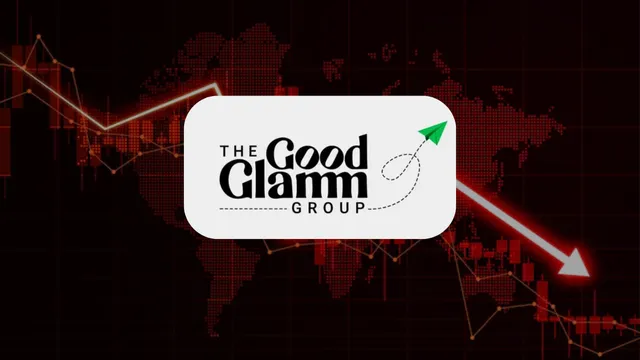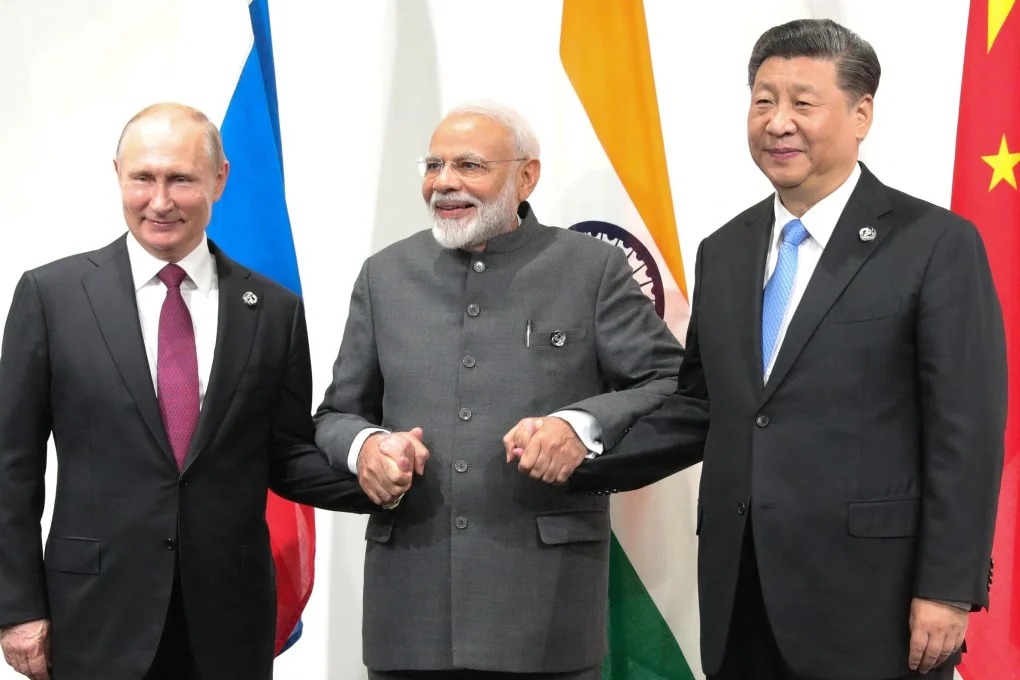 Image Source: Social Samosa
Image Source: Social Samosa
Once celebrated as a case study in India’s new-age “house of brands” phenomenon, the rapid, tragic dissolution of the Good Glamm Group stands as a wake-up call for the country’s startup ecosystem. On July 23, 2025, CEO Darpan Sanghvi formally announced the beginning of the end: with lenders seizing assets and a brand-by-brand firesale now in motion, Good Glamm’s unicorn journey has devolved into a cautionary tale on unchecked growth and integration risk.
A Meteoric Rise: Building a Beauty and Content Behemoth
Launched in 2015 by Darpan Sanghvi, Good Glamm Group became a poster child for the "Thrasio-style" roll-up model, acquiring digital-first ventures at breakneck speed. Its portfolio included popular names such as MyGlamm (makeup), POPxo (content), Sirona (feminine hygiene), The Moms Co. (maternity), Organic Harvest (natural beauty), and MissMalini (influencer platform). Rapid funding rounds—led by heavyweights like Warburg Pincus, Prosus Ventures, Bessemer, and Accel—catapulted Good Glamm to unicorn status in 2021 with a $1.25B valuation.
Steep Fall: From Aggressive Buying Spree to Cold Calculations
But what seemed a runaway success soon exposed deep structural fault lines:
Debt & Integration Woes: Good Glamm’s strategy relied on highly leveraged acquisitions, often at inflated valuations. Brand integrations lagged behind, resulting in operational redundancy, culture clashes, logistical inefficiencies, and missed cross-sell opportunities.
Cash Crunch & Mounting Dues: By 2024, the group’s liabilities outpaced revenue, leaving the business highly leveraged and its liquidity evaporating fast. Default notices from vendors and brand partners (notably Sirona and The Moms Co.) surfaced, reflecting broader cash flow paralysis.
Leadership & Investor Exodus: A wave of resignations, including C-suite leaders and key investor representatives, signaled crisis internally. By early 2025, several board members—including those from Prosus, Wanshi, and Trifecta—had exited, undermining confidence among remaining stakeholders.
Funding Miss and Failed Rescue: Good Glamm nearly struck a critical deal in late 2024, but the acquiring company’s CEO resigned just before closure. The fallout led to immediate financial strain, payment delays, and a scramble for emergency refinancing—none of which materialized in time.
Lenders Move In: Famed Brands Up for Grabs
Unable to service its loans, Good Glamm’s lenders—Stride Ventures, Trifecta Capital, Alteria Capital, HDFC, and HSBC—decided to enforce their claim on underlying assets, triggering a brand-by-brand liquidation. The asset breakup is both rapid and sobering:
-
Sirona: Once acquired at a Rs450 crore valuation, recently sold back to its founders for just Rs150 crore—an over 60% haircut.
-
ScoopWhoop: Originally bought for Rs100 crore, was offloaded to WLDD for merely Rs18–20 crore.
-
MissMalini: Currently in late-stage negotiations for a sale at a fraction of Good Glamm's entry price.
The rest of the portfolio—including Organic Harvest and The Moms Co.—is expected to follow suit, with most brands likely going to the highest bidder in stressed asset auctions or back to original owners at steep discounts.
Aftermath: Human, Market, and Industry Impact
Employees on the Line: With the future of each unit uncertain, job security across the group is at risk. Sanghvi has reportedly pledged “25% of [his] post-tax income and proceeds” to settle unpaid employee dues if the asset sales don’t fully compensate staff and partners.
Investor Write-Downs: Early backers are facing significant write-downs. Market watchers estimate recovery below 20–30% of original investments for many institutional stakeholders.
Industry Ripple Effect: The collapse highlights the dangers of hyper-aggressive, debt-laden M&A playbooks—underscoring the vital need for disciplined integration, sustainable growth models, and diligent capital management. Analysts predict increased investor skepticism toward “house of brands” roll-up narratives and stricter due diligence across India’s late-stage growth segment.
Lessons for India’s Startup Scene
Good Glamm’s downfall reaffirms that rapid scale alone, especially when built on borrowed capital and without operational discipline, is no guarantee of enduring value. Integration challenges, cash management, and board oversight are as critical as growth and branding in ensuring the longevity of ambitious conglomerates.
In Closing
India’s most widely-watched beauty and content conglomerate has come undone—not with a bang, but a slow, public unspooling. As brands are sold off and the “Good Glamm Group” name fades, the saga marks the end for one of the most ambitious startup stories in recent years, and a sharp lesson for entrepreneurs, VCs, and founders on the real risks behind a high-risk, high-reward roll-up strategy.
Relevant Sources: Economic Times, Inc42, CNBC TV18, Moneycontrol, Fortune India, Social Samosa, Business Today
Advertisement
Advertisement



